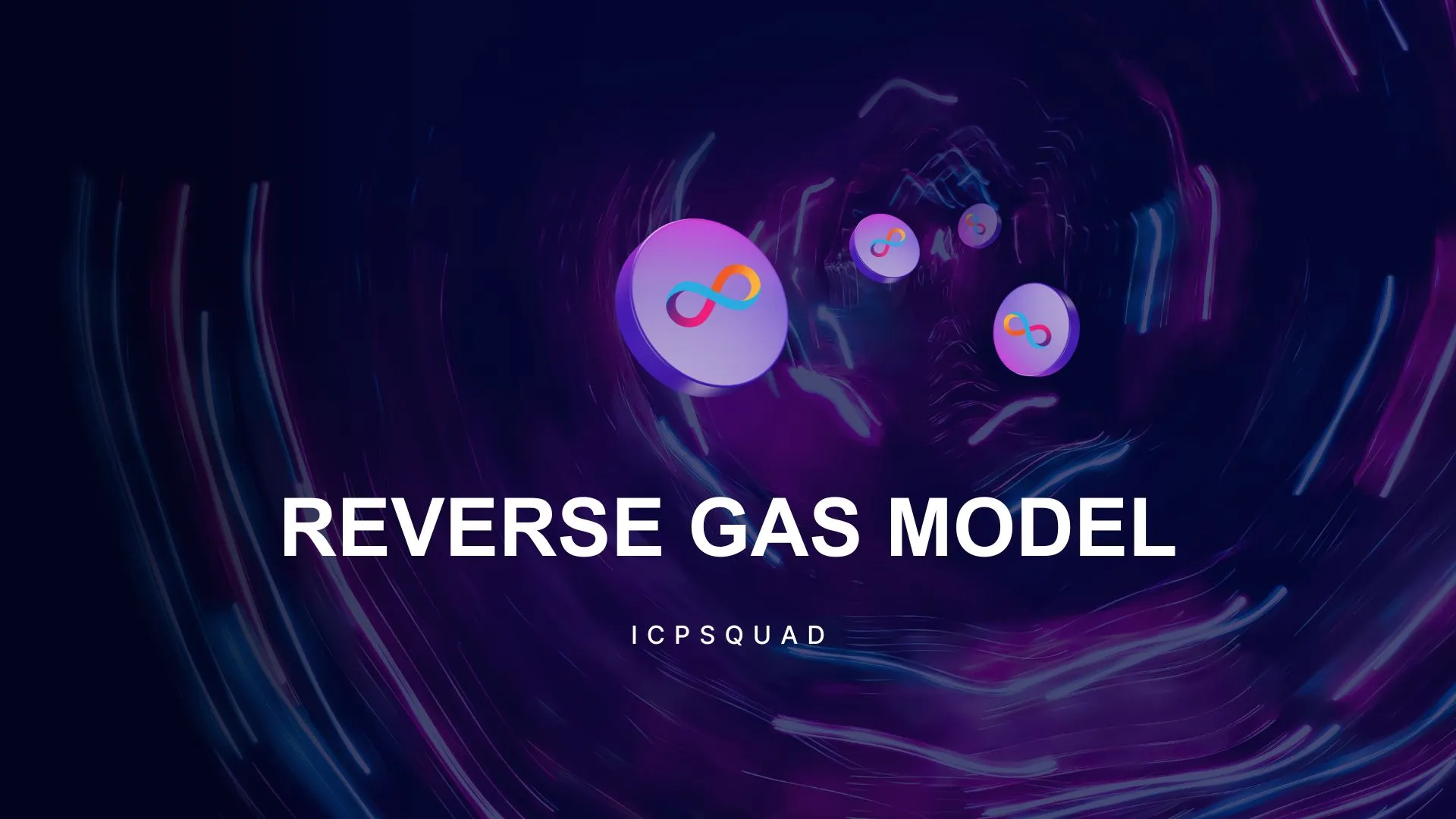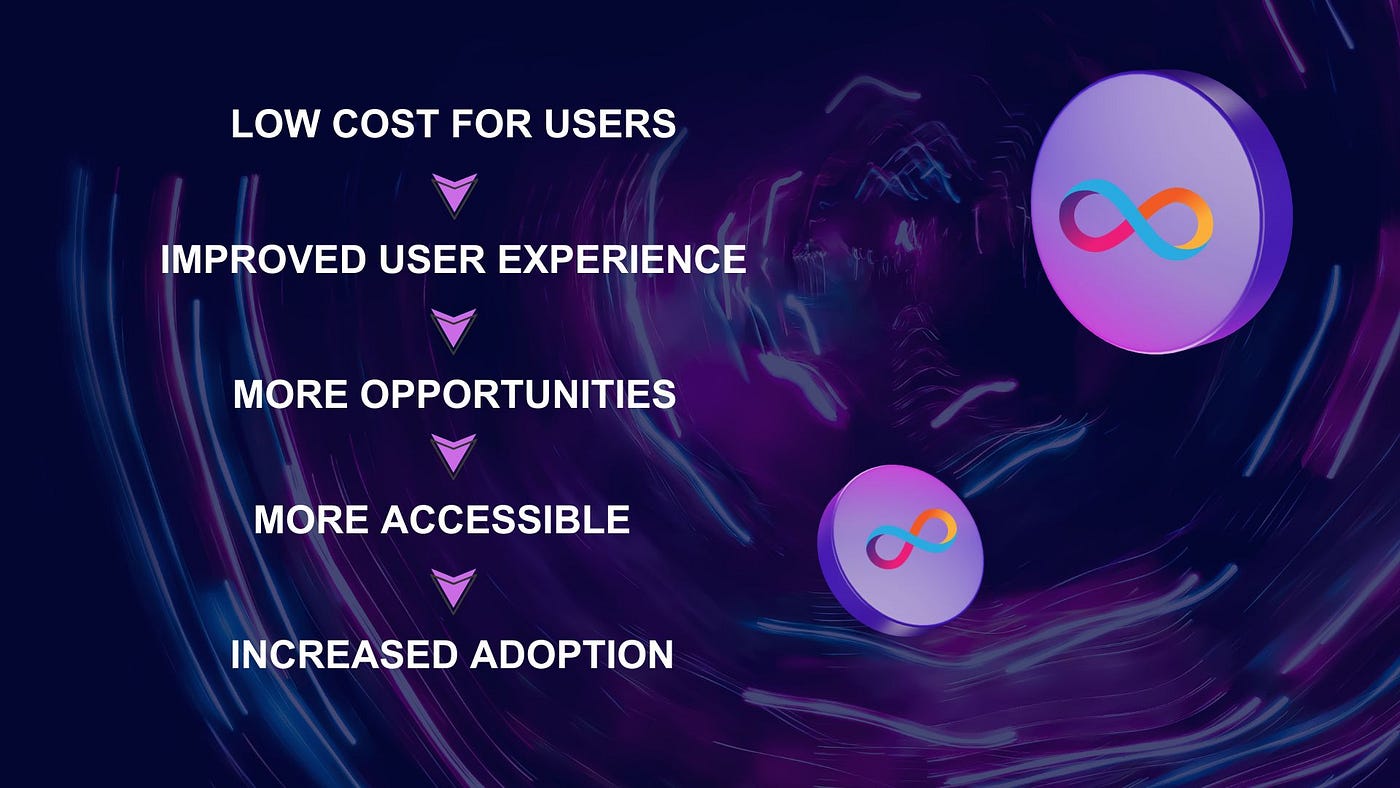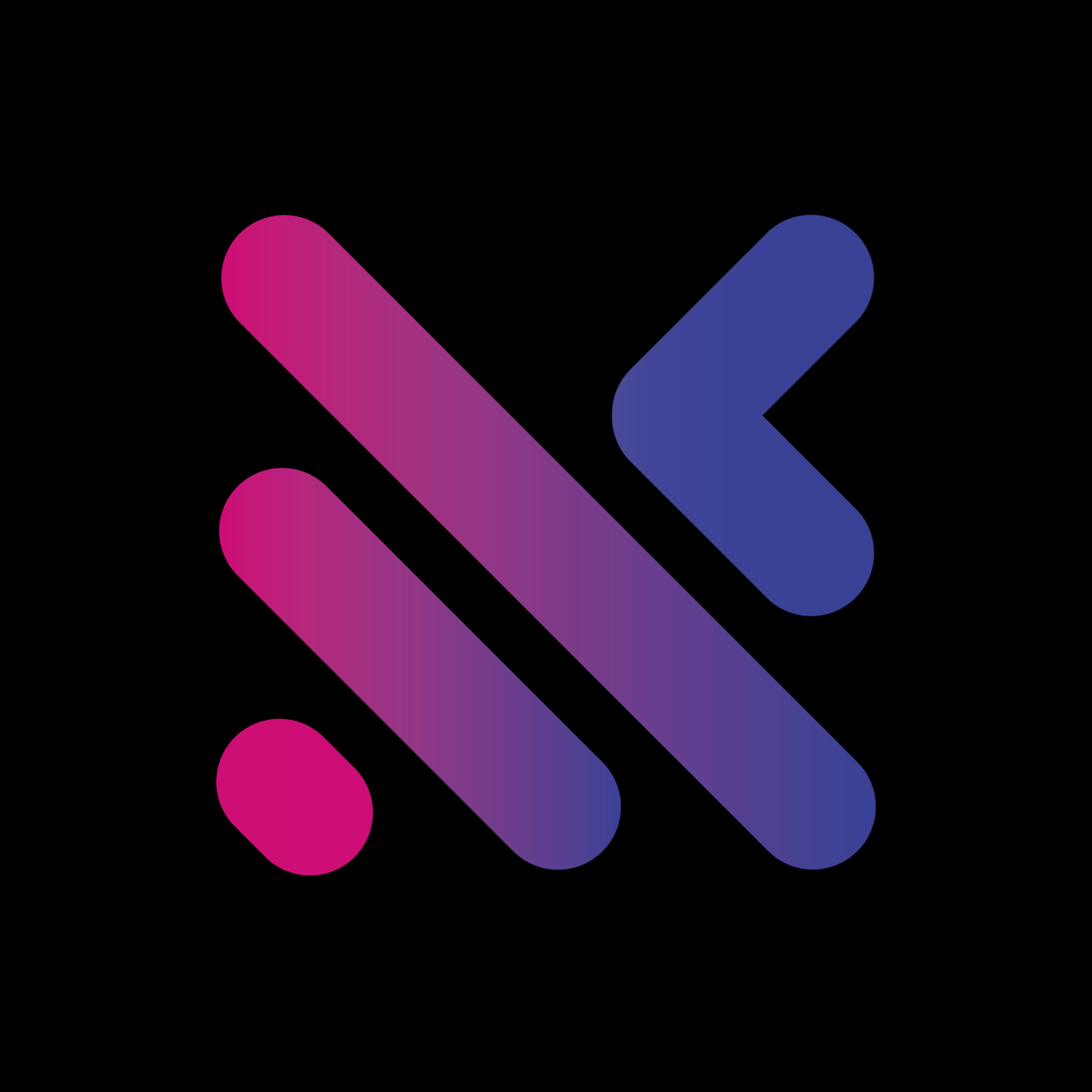
Understanding the Reverse Gas Model
Let’s face it: gas fees on blockchains can be a real headache. If you’ve ever used Ethereum during a busy time, you know the pain — fees skyrocket, and suddenly, your $20 transaction costs $100. It’s frustrating and doesn’t exactly make Web3 inviting to new users. But what if there was a way to make those fees disappear for the people using dApps? That’s where the Reverse Gas Model on the Internet Computer (IC) comes in.
This game-changing approach shifts the burden of paying transaction fees from users to developers, creating a smoother, more user-friendly experience. Whether you’re building or just exploring dApps, this system feels like a breath of fresh air. Let’s break it down so you can understand how it works and why it’s such a big deal.
The Problem with Traditional Gas Models
Gas fees have been a persistent roadblock for blockchain adoption. On networks like Ethereum, they’re not only costly but also wildly unpredictable. When the network gets congested, fees can surge to ridiculous levels, pricing out everyday users. This isn’t just an annoyance; it actively discourages people from using the technology. The situation is even worse for small transactions — no one wants to spend $20 in fees to send $5 to a friend.
For new users, the need to set up a wallet and buy tokens before they can even use a blockchain app is another major obstacle. It’s a complicated, intimidating process that makes Web3 feel inaccessible compared to the ease of traditional apps like Instagram or WhatsApp.
What is the Reverse Gas Model?
The Reverse Gas Model offers a simple but revolutionary idea: instead of users paying transaction fees, developers handle those costs upfront. When a developer builds a dApp on the Internet Computer, they load it with “cycles” — a type of pre-paid resource used to cover computation and storage on the blockchain. This means users can interact with the app freely, without worrying about gas fees or even needing a wallet.
The result is a user experience that feels seamless, much like using Web2 platforms, but with the added transparency and decentralisation of Web3. By removing the need for users to hold tokens or pay fees, the Internet Computer makes blockchain technology approachable for everyone, not just crypto-savvy individuals.
How Developers Make It Work
For developers, cycles are the backbone of the Reverse Gas Model. Cycles are purchased by converting ICP tokens, with the price tied to a stable international currency, ensuring that costs don’t fluctuate unpredictably. This stability allows developers to budget effectively and focus on scaling their applications without the stress of market volatility.
Each dApp, or canister smart contract, comes with its own cycles wallet. These wallets are used to pay for all the interactions users have with the app, from simple clicks to more complex operations. Developers monitor and top up these wallets as needed to keep the app running smoothly.
What’s especially compelling is that this system allows developers to build business models that fit their audience. For example, they could offer free basic usage and monetise through premium features or in-app purchases, much like popular subscription-based apps today.

Why This Model Matters
The Reverse Gas Model isn’t just about making blockchain technology more user-friendly — it’s about solving real problems that have held Web3 back. High and unpredictable fees have long been a barrier to entry, discouraging new users and making blockchain-based apps impractical for everyday use. By eliminating these fees for end-users, the Internet Computer makes it possible to create apps that are both accessible and decentralised.
This approach also fosters trust. Because all interactions happen on-chain, users have complete transparency into how their data is used and stored. Unlike centralised apps that often come with hidden data practices, dApps on the Internet Computer ensure that users remain in control.
Scaling Web3 for the Future
For blockchain technology to truly compete with traditional Web2 platforms, it needs to scale in a way that supports billions of users. The Reverse Gas Model is a critical step toward that goal. By removing friction points like gas fees and complex onboarding processes, the Internet Computer opens the door for massive adoption.
Whether it’s social media apps, games, or enterprise solutions, the Reverse Gas Model allows developers to build experiences that feel intuitive while maintaining the decentralisation that makes blockchain unique. It’s a win-win scenario, pushing Web3 closer to mainstream usability.
The Reverse Gas Model is more than just a clever solution to gas fees, it’s a vision for a blockchain ecosystem that prioritises accessibility, scalability, and user experience. By flipping the traditional model and putting developers in charge of transaction costs, the Internet Computer is paving the way for dApps that anyone can use without needing to worry about wallets, tokens, or fees.
It’s an exciting time for Web3, and innovations like this show how the space is evolving to meet the needs of a global audience. If you’re a developer or a user looking for a more seamless blockchain experience, the Reverse Gas Model might just be the game-changer you’ve been waiting for.
Follow our latest updates on Medium and join the conversation on social media to stay ahead of the curve in the world of ICP.

